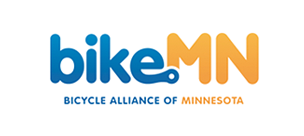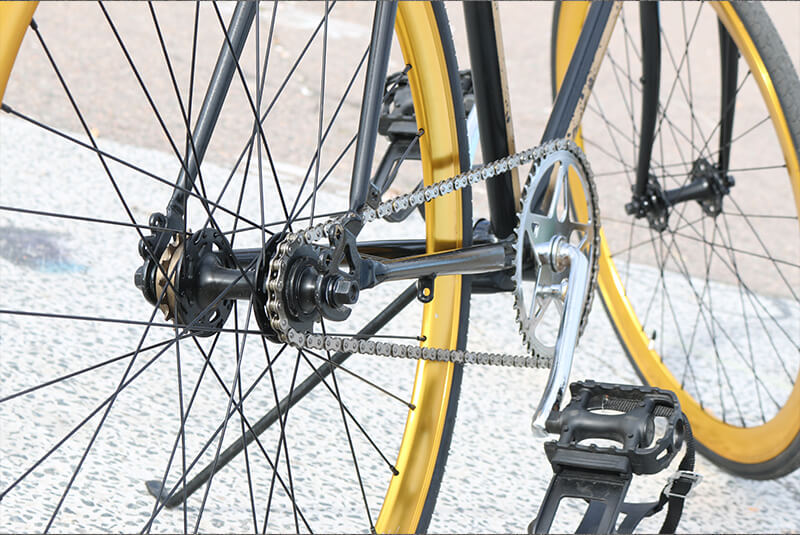Buying the right bicycle requires a little homework. The payoff will be a trusted friend that will deliver many years of fun, help you stay healthy, and reduce pollution – all while transporting you comfortably and safely. Answer these questions and you’ll be ready to start shopping!
What type of riding will you do?
The major categories of bicycles are mountain bikes, hybrids (subcategories: comfort and city bikes), road bikes, touring bikes, BMX, and recumbents. Start your search by asking yourself: what types of surfaces do I expect to ride on, what distances do I want to ride and at what speed do I want to travel?
What surfaces will you ride on?
Paved roads, bike trails, and paths – Road, touring, hybrid, and recumbent bikes with ™slick∫ tires work well on hard, smooth surfaces. Mountain bikes with larger knobby tires can also be used on smooth surfaces, but you work harder to travel at the same speeds. Generally a wider tire trades off increased comfort for less speed.
Gravel roads, dirt trails, and wilderness terrain – The straight handlebars and wide, knobby tires of a mountain bike make it easy to navigate almost any surface. Fat tire bikes are another alternative.
What distances will you ride?
- Short rides (2-3 miles) – City cruisers; comfort bikes; hybrid bikes; mountain bikes.
- Moderate distances (up to 10 miles) – Comfort or fitness bikes; road and touring bikes; recumbents.
- Longer distances (30 or more miles a day) – Road bikes; touring bikes; recumbents.
What speed will you ride?
- Relaxed cruising – Cruisers; comfort bikes; hybrids.
- Moving quickly, but not racing – Road bikes; touring bikes; mountain bikes with smoother tires; recumbents.
- High speed or racing – Road bikes; recumbents.

New or Used?
Buying a used bike is like buying a used car – you can get a good deal or a lemon. Whether you buy the bike from a store or from a private seller, think about how the bike handles when you ride it. Note how the bike responds when you go around corners, over obstacles, brake hard, down or up hill while both in and out of the saddle. Are you too stretched out or too cramped? Is the bike responsive, sluggish, or twitchy? Is it heavy? Are the brakes and shifters easy to use? Everything on the bike should work perfectly. Shifting should not skip, the brakes should not screech and should stop when you want without flinging you over the bars. The wheels should turn evenly and be balanced. All of the quick-release levers should be firmly hand-tightened with everything clean and well-lubed.
What size bike will you need?
Do you have proper clearance (at least 1′ for a road bike; 2-3′ for a mountain bike or hybrid) when you straddle your bike with both feet flat on the floor? Do you feel cramped or stretched out when you’re riding? Bikes are not T-shirts. If you’re buying for a child, don’t buy a bike that’s too big and expect him or her to be safe while “growing into it.” It should fit the rider now, not later. If it is too small or too big, he or she will have trouble controlling it and be much less safe. Quality children’s bikes have both great resale value and “hand-me-down” potential. Cheap bikes don’t.
Where do you plan to buy your bike?
You can buy bicycles on the internet, via mail-order catalogs, at department stores, and in bicycle shops. Your best bet is a bike shop where you feel welcome and comfortable and can try the bike before you buy it. Bike shops are the best source of ongoing advice, proper equipment, and analysis of your particular needs. They are also knowledgeable about local conditions and know the best places to ride in your area. You may have to visit several shops to find the right shop and the right bike. Ask yourself:
- Do they answer questions and explain things well?
- Do they ask about what kind of riding you want to do?
- Do they spend time with you choosing a bike with the right fit?
- Do they have a place to go for test rides?
- Do they explain the warranties and check-ups you can expect?
- Do they clearly show you how to operate new technology?
Try to find a shop you like within reasonable riding distance, so that it’s easy to get there and so you can easily reap the benefits of patronizing that shop.
A list of BikeMN member shops can be found here.

